
Potential and challenges
Mr. Tran Dinh Luan, Director of the Department of Fisheries and Fisheries Control, assessed that the potential for marine aquaculture development in Vietnam is very large. However, compared to expectations, the marine aquaculture industry is still developing slowly, not commensurate with its advantages. Part of the reason comes from the process of changing the management system in recent times, affecting the progress of implementing activities in this field.
In the context of the new development strategy of the fisheries industry, Vietnam is strongly shifting from exploitation to aquaculture and protection of aquatic resources. This is an inevitable orientation, in line with the trend of green development, emission reduction and circular economy . For the marine aquaculture sector, this is not only a sustainable direction but also an economic sector with outstanding advantages. The sea not only provides popular aquatic species but is also a source of high-value biological products, which can create many products with high added value.
Currently, Vietnam still mainly exports raw materials, while developed countries such as Europe, the US or countries in the region have fully utilized this resource to process into products with high added value.
According to statistics from the Ministry of Agriculture and Environment , Vietnam currently has over 6,500 coastal marine fish farming facilities with a total of over 244,400 cages and rafts; over 910 nearshore farming facilities with nearly 4,300 cages and rafts and only 27 offshore marine farming facilities. This shows that most marine farming in Vietnam is still fragmented, coastal, vulnerable to environmental pollution and natural disasters.
Recent storms have also had a strong impact on the marine farming industry. Ms. Pham Thi Thu Hien, Head of the Van Don Marine Farming Association, Quang Ninh province, said that after storm No. 3 in 2024 (storm Yagi), local marine farming activities were almost "wiped out" and had to start over. Although people have been farming marine products for decades, they still lack knowledge, science and technology and value chains in marine farming. Weak infrastructure, underdeveloped chain linkages, and fragmented production have led to insufficient stable output to sign long-term commercial contracts. After the storm, people rushed to re-raise oysters, leading to an imbalance in supply and demand and a sharp drop in prices.
Chain linkage, high technology application
To address the above limitations, building a synchronous marine aquaculture value chain is very important. Ms. Pham Thi Thu Hien said that the Van Don Marine Aquaculture Association is making efforts to strengthen the value chain linkage, connecting from farming households - cooperatives - processing enterprises - markets. The association is building a Van Don seafood market model in Hanoi, with capital contributions from member cooperatives. Here, the circulating filter tank system helps preserve healthy fish for 3 weeks, combined with a HACCP-standard processing area, packaging, inert gas extraction, and branding of each cooperative, serving the fresh seafood trade in the capital.
The Association also proposed to the People's Committee of Quang Ninh province to implement digital transformation in marine farming, including: installing GPS to locate farms to manage farming areas, integrating data on cloud computing, applying AI to support disease diagnosis, monitoring output and building an e-commerce platform for marine farming products.
In Khanh Hoa, the Prime Minister recently approved the pilot project for developing high-tech marine aquaculture under Decision No. 231/QD-TTg. The project identifies the location, subjects and technologies applied to develop high-tech aquaculture from shore to 3 nautical miles and from 3 to 6 nautical miles, creating advantages for the province in developing high-tech marine aquaculture in a synchronous and sustainable manner.
According to Mr. Nguyen Duy Quang, Director of Khanh Hoa Department of Agriculture and Environment, the industry always supports and creates favorable conditions for organizations and individuals to participate in industrial cage farming, guides licensing procedures and assigns sea areas in accordance with legal regulations. Up to now, Khanh Hoa has granted 39 licenses for marine aquaculture to 37 households and 2 companies, 6 files are in the licensing process. In addition, the province is guiding facilities that have completed aquaculture licensing procedures to continue with the procedures for assigning sea areas for aquaculture.
Mr. Tran Dinh Luan emphasized that to develop marine aquaculture in the right direction, there needs to be close coordination between state management agencies, enterprises and professional associations. The chain linkage model, where enterprises contribute, invest and share resources, will form strong enterprises with the capacity to organize industrial-scale production.
In particular, when the Prime Minister issued Decision No. 208/QD-TTg approving the Project on converting some seafood exploitation occupations that affect resources and the ecological environment, many localities have begun to develop projects on converting occupations, from unsustainable exploitation to aquaculture associated with tourism and other economic activities. This is a great opportunity to develop industrial marine aquaculture, improving the lives of coastal people.
Mr. Nguyen Duy Quang proposed that the Government soon issue a Decree amending and supplementing Decree 67/2014/ND-CP on a number of policies for aquaculture development. The State should pay attention to and support financial resources to invest in the synchronous construction of infrastructure for aquaculture areas at sea, especially essential items such as buoy systems, aquaculture area signal lights, cage mooring systems and fishing logistics service centers. In particular, it is necessary to build a mechanism to link marine aquaculture activities with other economic sectors (tourism, oil and gas, etc.) from the Central Government for mutual development.
The Ministry of Agriculture and Environment is developing a set of national standards for marine aquaculture, expected to be completed in 2026. This set of standards will be the basis for investment, insurance, risk management and development of the marine aquaculture value chain. Vietnam's marine aquaculture industry will soon become a key economic sector, developing towards industrialization, modernity and sustainability, Mr. Tran Dinh Luan added./.
Final article: Institutional improvement, technological breakthrough
Source: https://baotintuc.vn/kinh-te-bien-dao/nuoi-bien-cong-nghiep-vuon-tam-kinh-te-xanh-bai-2-nang-cao-chuoi-gia-tri-20251112134533695.htm





![[Photo] Highways passing through Dong Nai](https://vphoto.vietnam.vn/thumb/1200x675/vietnam/resource/IMAGE/2025/11/12/1762940149627_ndo_br_1-resize-5756-jpg.webp)




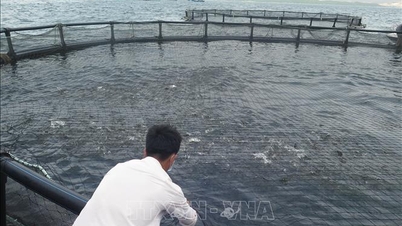
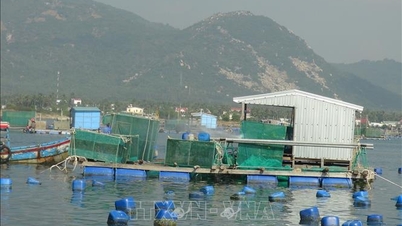






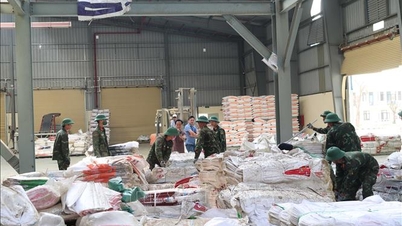













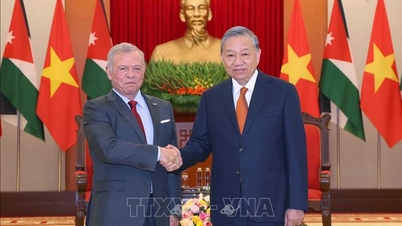









































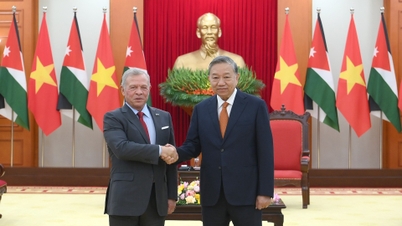
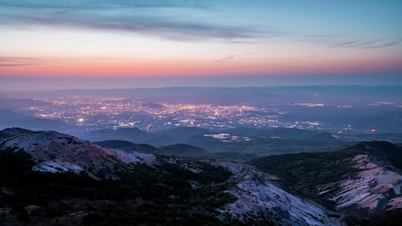

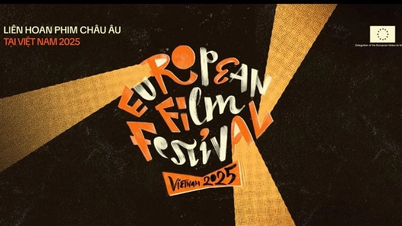
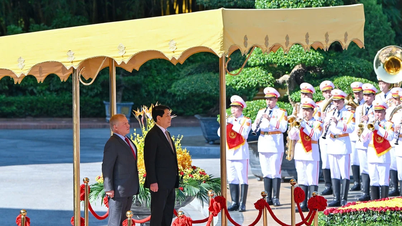



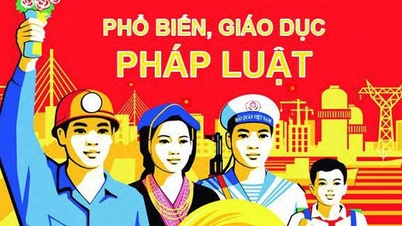

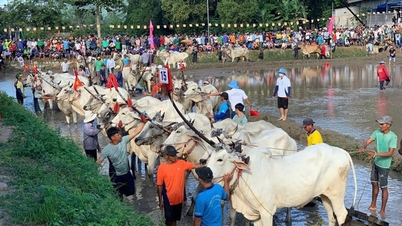


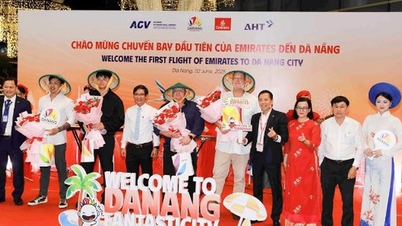

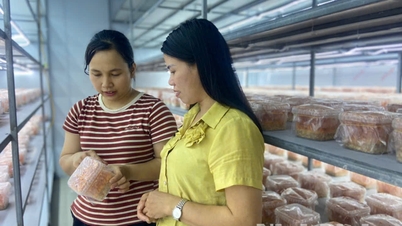




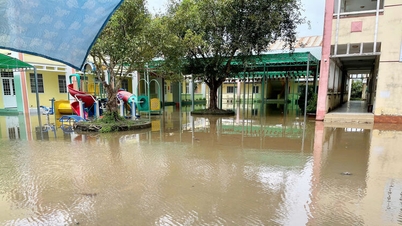

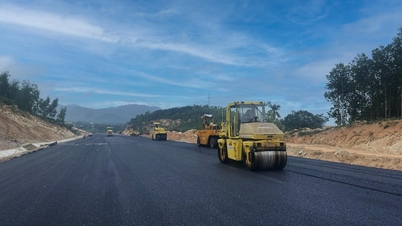





![Dong Nai OCOP transition: [Article 3] Linking tourism with OCOP product consumption](https://vphoto.vietnam.vn/thumb/402x226/vietnam/resource/IMAGE/2025/11/10/1762739199309_1324-2740-7_n-162543_981.jpeg)








Comment (0)